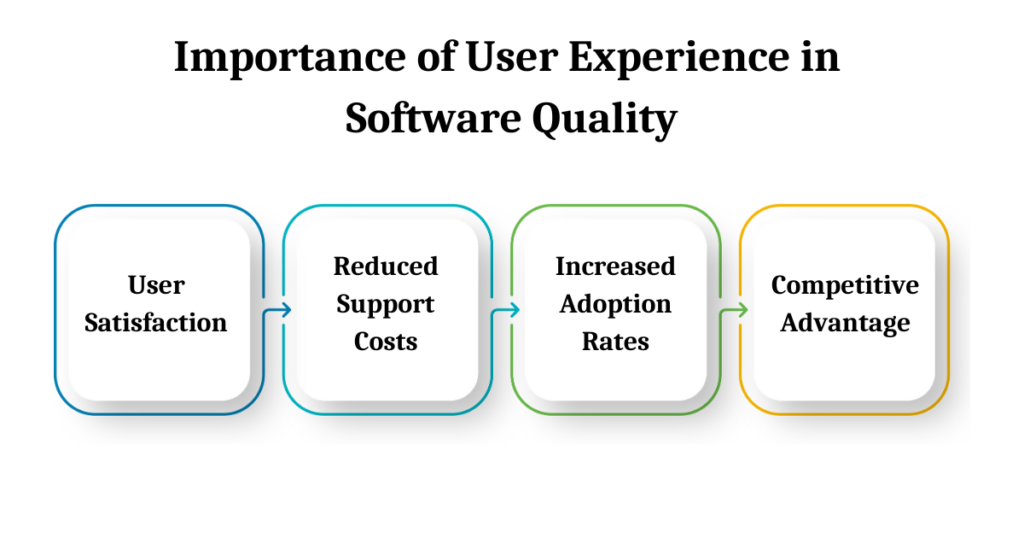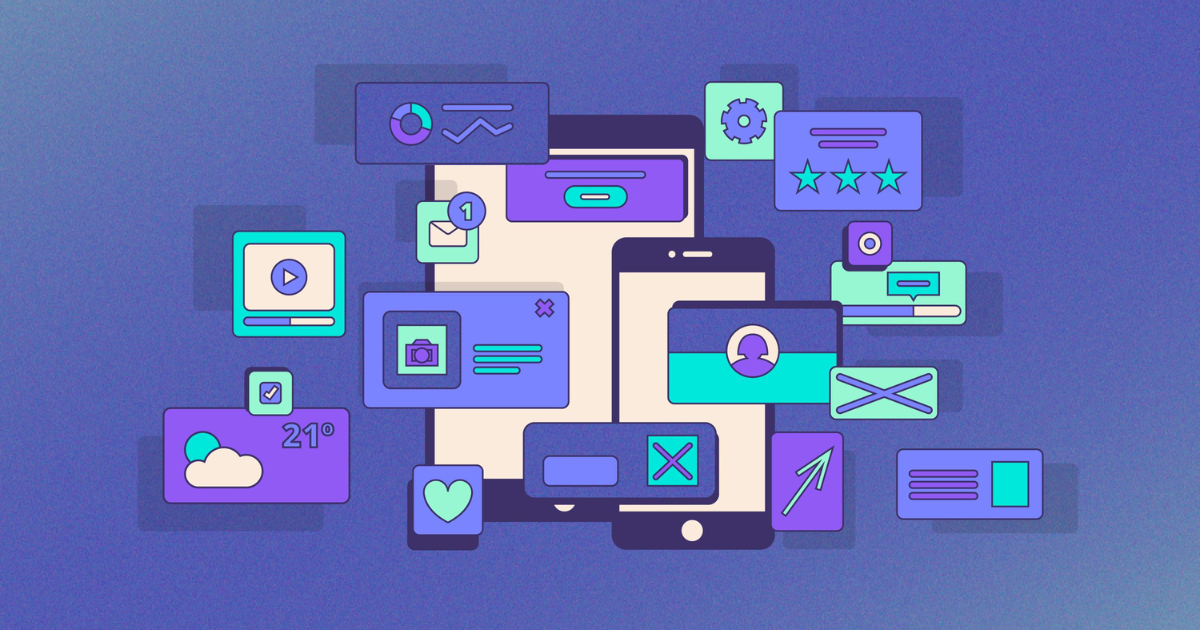Delivering exceptional user experiences has become an indispensable requirement of the modern digital landscape. As software applications grow more complex, User Experience (UX) Testers have emerged as critical players in guaranteeing both quality and user satisfaction go hand-in-hand.
In this blog we will define their persona while discussing its significance to software quality - before discussing AI enhancement of UX testing outcomes.
Definition of UX Tester
A UX Tester is an expert role within quality assurance (QA), dedicated to testing software products' usability, accessibility, and overall experience for real users.
While traditional testers focus mainly on functional requirements for software products, UX Testers examine real user interaction patterns with an application to make sure it's intuitive, engaging, and aligns with users needs.
Key Responsibilities of a UX Tester
- Usability Testing: Conducting usability tests to gauge user interaction with an application.
- User Research: Collecting insights through surveys, interviews, or observations in order to gain more knowledge regarding user behaviors and preferences.
- Design Evaluation: Collaborating with UX designers to ensure that the design aligns with user expectations and enhances usability.
- Accessibility Checks: Ensuring that the application is usable by individuals with disabilities, adhering to accessibility standards.
Importance of User Experience in Software Quality

User experience is an integral element of software quality for numerous reasons:
- User Satisfaction: An excellent user experience leads to greater user satisfaction, increasing repeat use and customer loyalty.
- Reduced Support Costs: Apps designed with seamless user experiences often need less support staff to operate smoothly - cutting operational expenses by up to 20% or more!
- Increased Adoption Rates: Products designed with user experience at their core tend to enjoy increased adoption rates and greater success overall.
- Competitive Advantage: In an increasingly crowded marketplace, providing exceptional user experiences can give products an edge against their rivals.
UX testing doesn't just involve finding bugs; instead it should help build software that resonates with its target users' needs and delight them!
AI Enhancements for UX Testing
As technology develops, artificial intelligence (AI) has become an invaluable part of UX testing processes. Here's how AI improves testing:
Automated User Behavior Analysis
AI tools provide powerful analytical solutions that enable companies and individuals to identify patterns and trends from vast amounts of user interaction data, using machine learning algorithms for pattern recognition. AI solutions enable these companies to:
- Predict User Behavior: By anticipating how users will engage with an application based on historical data, testers can better anticipate potential pain points that users might face while using it.
- Identification Usability Issues: Automatically highlight areas where users encounter difficulty using an application and enable UX testers to focus their efforts on improving these aspects of usability.
- Categorize Users Based On Their Behavior And Preference: Group users into distinct user segments according to behaviors and preferences for more tailored testing approaches and insights.
Automated analysis not only saves time but also offers a more complete picture of user interactions resulting in more targeted testing strategies.
Feedback Loops for Design Improvements
AI-powered tools can enable continuous feedback loops among UX Testers, designers and developers. Here's how:
- Real-Time Feedback: AI tools offer instantaneous evaluation of design prototypes by simulating user interactions and assessing usability.
- Iterative Testing: Testers can run multiple rounds of iterative testing with AI tools that learn from each session to progressively enhance design and functionality over time.
- Strengthened Collaboration: By centralizing feedback and insights, teams can more efficiently work together while keeping user experience top of mind throughout development cycles.
These feedback loops not only aid the design process but also foster an environment conducive to user-centric development.
Book a Demo and experience ContextQA testing tool in action with a complimentary, no-obligation session tailored to your business needs.
Conclusion: How AI Enhance UX Testing Outcomes
UX testers play an invaluable role in today's software development landscape, serving to bridge the divide between quality and user experience.
By prioritizing user needs and taking advantage of AI enhancements, organizations can significantly boost UX testing outcomes and achieve improved UX outcomes for testing.
AI's abilities to automatically analyze user behaviors and provide real-time feedback loops make UX testing even more intuitive and engaging applications for end users.
As the demand for exceptional user experiences continues to soar, using AI in UX testing may become key in providing software which not only fulfills functional requirements but also delights them.
UX testing represents an investment in software quality's future--one that will pay dividends through user satisfaction, loyalty and overall success.
Also Read - Content Review in the Digital Age: Ensuring Quality with AI
We make it easy to get started with the ContextQA tool: Start Free Trial.
